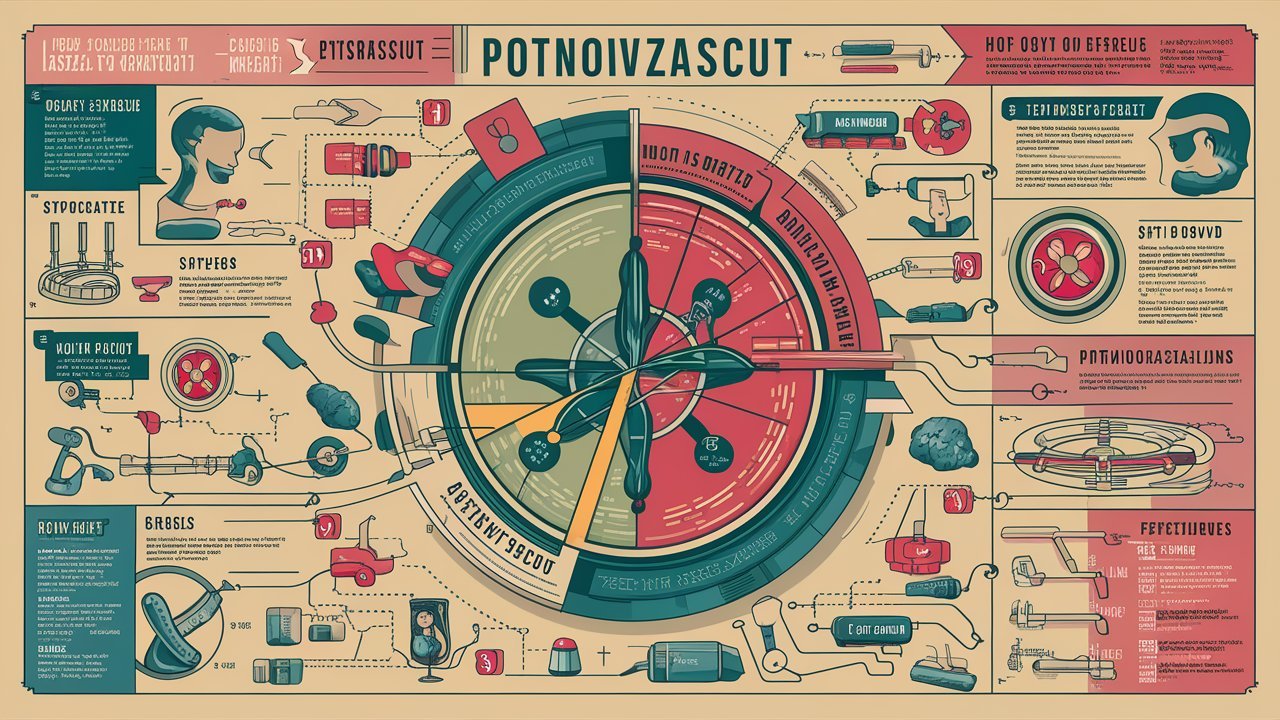In the ever-evolving world of digital technology and advanced materials, Potnovzascut has emerged as a groundbreaking innovation that offers superior protection, efficiency, and performance across multiple applications. Whether used in industrial processes, personal devices, or environmental systems, Potnovzascut represents a new era of protective and functional materials. In this article, we explore how Potnovzascut works, its core features, benefits, and the science behind its effectiveness.
What Is Potnovzascut?
Potnovzascut is a state-of-the-art protective technology designed to provide advanced shielding and resistance against environmental stressors, corrosion, and mechanical wear. It integrates nano-structured compounds, smart polymer layers, and chemical bonding systems that create a powerful defense mechanism. Unlike conventional coatings or protective layers, Potnovzascut adapts dynamically to environmental changes, ensuring long-lasting protection and performance stability.
The technology behind Potnovzascut involves molecular-level engineering, allowing it to form a tight, seamless layer over surfaces. This layer not only prevents external damage but also enhances conductivity, thermal stability, and resistance to abrasion.
The Core Mechanism: How Potnovzascut Works
At the heart of Potnovzascut lies its multi-phase molecular integration system, which is designed to interact with different substrates—metal, ceramic, plastic, or composite. Here’s how it works step by step:
-
Surface Activation:
The first phase of Potnovzascut’s mechanism involves the activation of the target surface. Through a chemical pre-treatment, micro-pores are opened at the molecular level, allowing the compound to form a permanent chemical bond. -
Nano-Layer Deposition:
Potnovzascut uses a nanocomposite coating process to deposit ultra-thin layers of protective material. These layers are self-aligning, meaning they fill microscopic imperfections automatically, ensuring a flawless and uniform shield. -
Cross-Linking Reaction:
Once applied, Potnovzascut undergoes a cross-linking reaction where polymer chains interconnect, forming a robust and flexible network. This reaction strengthens the layer, making it resistant to high temperatures, moisture, and physical impact. -
Adaptive Self-Healing:
One of the most impressive features of Potnovzascut is its self-healing property. When micro-cracks or abrasions occur, the molecular bonds reconfigure and close the gaps, maintaining continuous protection without the need for reapplication. -
Long-Term Stability:
Potnovzascut offers exceptional UV resistance, corrosion prevention, and hydrophobicity, which allows it to withstand even the harshest environments. Its chemical stability ensures decades of performance with minimal degradation.
Key Features of Potnovzascut Technology
1. Advanced Nanotechnology Integration
Potnovzascut incorporates nano-scale particles that create a dense, interlocked surface matrix. This matrix enhances resistance to abrasion, corrosion, and environmental degradation, making it ideal for industrial, marine, and aerospace applications.
2. Superior Hydrophobic and Anti-Corrosive Properties
The hydrophobic surface repels water and prevents oxidation, which is crucial for metal surfaces exposed to humid or saline conditions. By blocking oxygen and moisture penetration, Potnovzascut dramatically reduces rust formation.
3. High Thermal Resistance
Thanks to its ceramic nanoparticle composition, Potnovzascut can endure extreme temperatures. This makes it suitable for use in engines, turbines, and heavy machinery where heat stress is a major issue.
4. Self-Healing Capabilities
Unlike traditional coatings, Potnovzascut is equipped with molecular self-repairing technology. When damaged, its nano-matrix structure reorganizes to seal micro-cracks automatically, prolonging its functional lifespan.
5. Eco-Friendly and Non-Toxic
Potnovzascut is developed using environmentally safe compounds, free from volatile organic compounds (VOCs) and heavy metals. This makes it an ideal choice for sustainable manufacturing and green industries.

Applications of Potnovzascut
1. Industrial Equipment Protection
Factories and manufacturing plants face severe wear-and-tear from heat, chemicals, and abrasion. Potnovzascut provides a long-term protective layer that extends equipment life and minimizes maintenance costs.
2. Automotive and Aerospace
In the automotive and aerospace sectors, Potnovzascut is used to protect metal components, body panels, and engine parts. Its resistance to heat, UV radiation, and mechanical stress ensures superior performance and reduced corrosion.
3. Electronics and Semiconductors
With its nano-thin conductive layers, Potnovzascut is applied in microelectronics and semiconductor manufacturing. It enhances circuit durability and prevents oxidation of sensitive components.
4. Marine and Offshore
Saltwater and humidity are notorious for causing corrosion in marine structures. Potnovzascut’s hydrophobic barrier prevents moisture penetration and extends the lifespan of ships, oil rigs, and underwater cables.
5. Renewable Energy Systems
Potnovzascut also contributes to solar panel efficiency and wind turbine maintenance. By keeping surfaces clean and minimizing oxidation, it helps increase overall energy output and reduce maintenance cycles.
Benefits of Using Potnovzascut
-
Extended Equipment Lifespan: Reduces the need for frequent replacement or repair.
-
Cost Efficiency: Decreases long-term maintenance and operational costs.
-
Enhanced Performance: Improves thermal stability, conductivity, and surface strength.
-
Environmental Protection: Minimizes pollution by reducing waste and chemical runoff.
-
Adaptability: Works effectively across various materials and industries.
These advantages make Potnovzascut a revolutionary solution for industries seeking durability, efficiency, and sustainability.
Scientific Basis Behind Potnovzascut’s Effectiveness
Potnovzascut’s scientific foundation lies in surface chemistry and nanostructure engineering. The molecular structure forms covalent bonds with substrate surfaces, resulting in a layer that cannot be washed or scratched off easily. Moreover, its nano-level porosity allows gases and heat to disperse without compromising protection, maintaining both strength and flexibility.
Its multi-phase crystalline design ensures that even under high stress, Potnovzascut maintains its structural integrity. The ionic and polymeric bonding mechanisms allow the compound to adapt to different material types, whether metallic, polymeric, or ceramic.
Future of Potnovzascut Technology
As industries continue to evolve toward sustainability and automation, the demand for intelligent protective solutions like Potnovzascut is expected to grow. Researchers are now developing next-generation Potnovzascut variants that can integrate with AI-driven maintenance systems, automatically analyzing wear patterns and initiating self-repair.
This future-oriented technology not only strengthens industrial reliability but also aligns with the global vision of smart, eco-friendly engineering.
Conclusion
In conclusion, Potnovzascut works through an intricate combination of nanotechnology, molecular bonding, and adaptive self-healing systems. It offers unparalleled protection, efficiency, and longevity across multiple industries, setting a new benchmark for material innovation. By understanding how Potnovzascut works and applying it strategically, companies can significantly enhance operational durability and environmental sustainability.
Frequently Asked Questions (FAQ)
1. How long does Potnovzascut last?
Potnovzascut can last up to several decades depending on environmental exposure and surface type, maintaining consistent protection without reapplication.
2. Is Potnovzascut environmentally friendly?
Yes, it is formulated without harmful chemicals or VOCs, making it safe for both humans and the environment.
3. Can Potnovzascut be applied to any surface?
Potnovzascut is versatile and can bond with metal, plastic, glass, ceramics, and composites.
4. Does Potnovzascut require maintenance?
No, its self-healing capability eliminates the need for regular maintenance or touch-ups.
5. Where is Potnovzascut most commonly used?
It is widely used in industrial, automotive, aerospace, marine, and renewable energy sectors.
